How to Save Money Gardening: 21 Uncommon Ideas
Can gardening really save you money? Is growing your own vegetables actually cheaper than buying from the grocery store?
When I began my first garden, my primary goal was to save money. It seemed easy at the time, but the more I got into it, the more I realized it can be harder to save money gardening than you think.
Vegetable gardening, after all, does take a bit of an investment — seeds, plants, soil, supplies — and if you’re not careful, these costs can add up to a wallet-draining hobby instead of a cost-saving adventure.
But it doesn’t have to.
That’s where smart, frugal gardening methods can make a difference between a money-saving garden and a money-draining one.
In this episode of the Beginner’s Garden Podcast and article below, I share my top 21 money-saving tips to growing a frugal vegetable garden. Click below to listen or read the article below to learn my 21 tips to saving money gardening, and when you’re finished, be sure to share your own tips so we can all benefit!
Gardening on a Budget: 21 Frugal Ideas to Save Money Gardening
Cheap Garden Pots, Containers, and Supplies
1. Shop Garage Sales and Online Swap Sites. Containers are expensive when you purchase them new. But you can usually find pots and other finds at garage sales. An old window or glass door can double as a cold frame to extend your harvest. Discarded treated wood fencing (as long as it was manufactured after 2003) or old barn wood can be used for raised beds. You never know what you’ll find!
2. Shop Smart at Dollar Stores. While when it comes to my favorite garden tools, I’ve found it best to invest in high-quality products, there are supplies that you can get for cheap at your local dollar store. Harvesting buckets, garden gloves, plant clips, and containers for the harvest are just a few items you can find for cheap this way.

Cheap Ways to Fill a Garden
3. Purchase garden soil and compost in bulk. Filling your raised beds or adding to your ground beds for many gardeners ends up being their highest-priced purchase. But it doesn’t have to be. Call your local municipality and local landscape services and ask about purchasing garden soil or compost in bulk. If you don’t have a pick-up truck or trailer, ask if they charge a fee for delivery. (But be sure you source your soil wisely.)
4. Ask for a Discount on Bagged Soil. If you can’t buy in bulk or if you don’t need that much soil for your garden or raised garden beds, look for ripped bags of soil at your local garden center. Ask if you can purchase them for a discount.
5. Make Your Own Compost. Good garden soil, compost, and fertilizer can cost a lot of money. But if you can designate a pile to add your kitchen scraps, shredded paper, and garden debris, you can start making your own free compost. Here’s how you can get started.

Ways to Get Free Mulch
Trust me when I tell you, you need to get mulch. It will help your plants stay healthier, and it will keep you from watering day in and day out — which will cost you in your water bill. While you can buy mulch in bags at the garden center, there are ways to get free mulch.
6. Call your local tree service. If a tree trimming company is in your area, they will likely be willing to drop off the shredded chips to your house. Because you never know when they will be close by, it’s good to call well in advance of when you need the mulch, and it never hurts to keep checking in. I was able to mulch my garden for several years for free this way.
7. Collect autumn leaves. If you’re near deciduous trees in the fall, or if you know someone who is, collect those leaves to use as mulch on the garden. You can shred them and add them to the garden in the fall, or you can store them in bags and wait to add them in the spring.
8. Check with Your Local Municipality. Your city might have a program to collect yard and tree debris, and they shred it up for use as mulch for their residents.
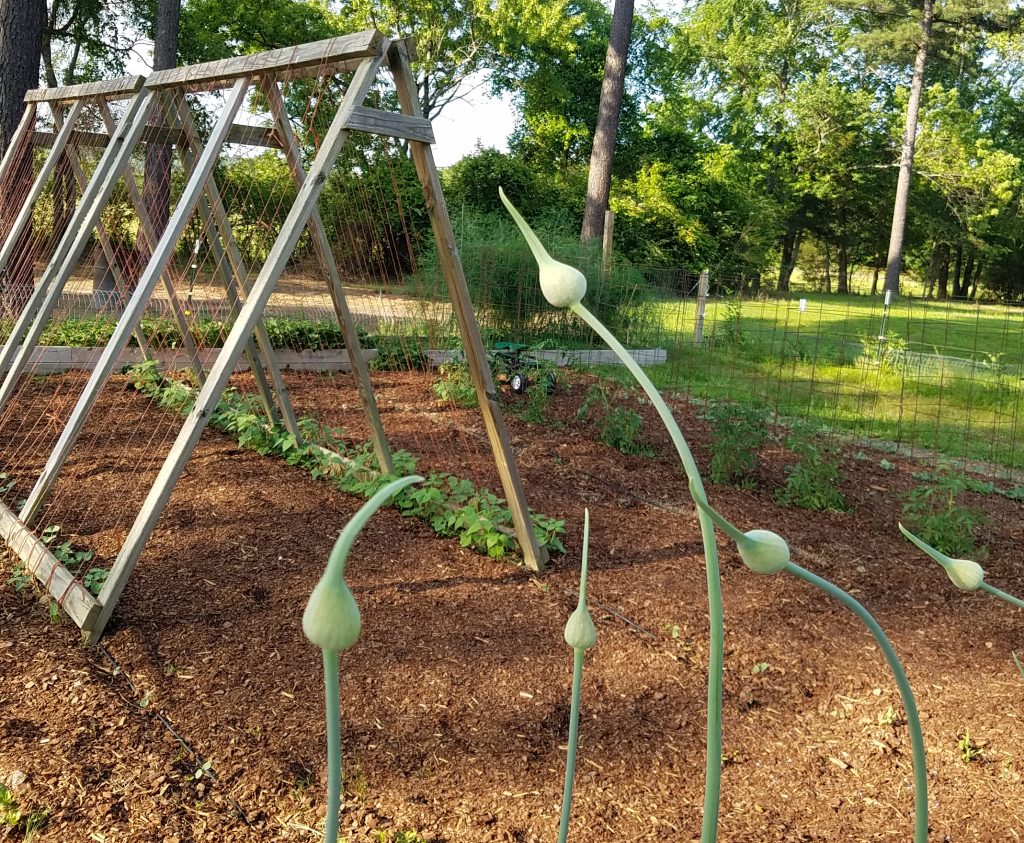
Stretch Your Dollar by Growing from Seed
*links below may contain affiliate links
9. Start Your Crops from Seed. You probably know that it’s cheaper to grow your vegetables from seed than to purchase transplants. For the $3 it costs you to purchase one tomato plant at the nursery, you can buy a packet of seeds that will last you a couple of seasons or more. Even if you decide not to start all of your plants by seed indoors yet, plant as many as you can directly in the garden. Here’s a list of the ones I recommend starting out with.
10. Use a Soil Thermometer. I can’t count how many times I had to replant my vegetables because the seeds didn’t sprout. Eventually, I realized that seeds require varying soil warmth to germinate well. While each seed has different requirements, investing in a soil thermometer will save you money in seeds by reducing low germination rates.
11. Don’t Over Plant Seeds. I know it’s easy to wonder if your seeds will sprout, but if you plant too many seeds too close together, you’re going to have to thin the seedlings later. Each seedling you have to take out is a seed you’ve wasted. While it does happen, and a certain amount of over planting is good practice, don’t take it too far. Look to see how far apart your plants need to be a full maturity (as listed on seed packet), and plant only twice that amount, maximum.
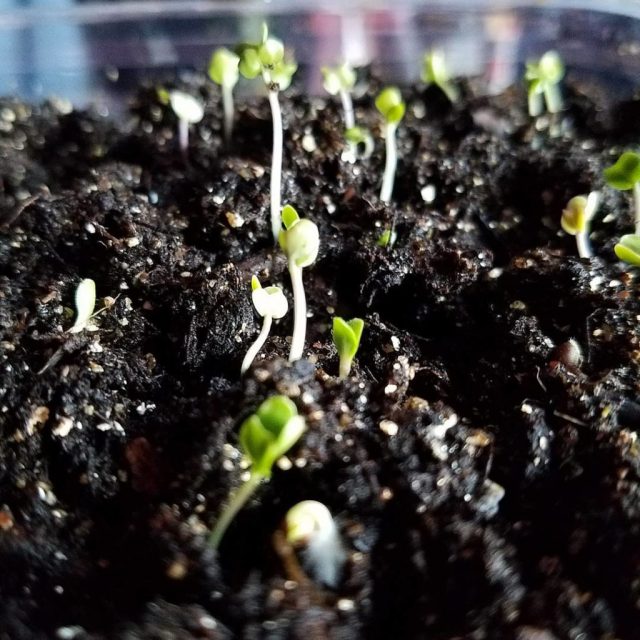
12. Save Seeds. When you plant open-pollinated (heirloom) seeds, you can save those seeds for next season’s planting. Though some seeds like tomatoes require an additional step, others like beans, okra, peas, watermelon, and others are really easy. In fact, I haven’t had to buy some of these crops for years unless I wanted to try another variety. Learn more about how to save seeds.
More Money-Saving Planting Ideas
13. Buy Transplants from Nurseries and Plant Sales. If you do decide to purchase transplants, skip the higher-priced transplants at big-box stores and garden centers. Instead, check the prices at your local nurseries. Keep your eye out for plant sales from colleges or Master Gardeners sales. Your local cooperative extension service will help you find these options.
14. Buy Seed Potatoes at a Feed Store or Farmer’s Co-Op. This is probably the biggest money-saving tip. If you plan to grow potatoes, don’t purchase the high-priced seed potatoes in catalogs or online, unless buying certified organic seed potatoes is important to you. Instead, buy them from your local feed store or farmer’s co-op. In my area, I can buy these for around $0.60 per pound. Plus, I know these varieties are ones best suited for my area.
Tips to Saving Money in the Garden
15. Protect Seedlings with Toilet Paper Rolls or Toothpicks. If your newly sprouted or planted seedlings get eaten at soil-level by cutworms, you’re throwing money away. Protect those seedlings by creating a collar with a section of toilet paper roll placed at soil level around the sprout. You can also place toothpicks on both sides of the seedling, which prevents the cutworms from wrapping around and eating the stem.
16. Frugal Vertical Gardening. Growing vegetables vertically can save money because you can maximize your garden space. But vertical gardening supplies can cost money. For a free way to build a trellis for beans, peas, cucumbers, and more, collect sticks or bamboo and create a vertical tent structure for a rustic, utilitarian solution.
17. Hand Pick Pests. Buying pest control sprays — especially organic ones — can cost a lot. Even making homemade pest sprays can harm your plants if you use too much or apply incorrectly. Instead of relying on sprays, walk your garden daily and handpick pests like squash bugs, Colorado potato beetles, Japanese Beetles, and tomato hornworms. A little handpicking goes a long way.
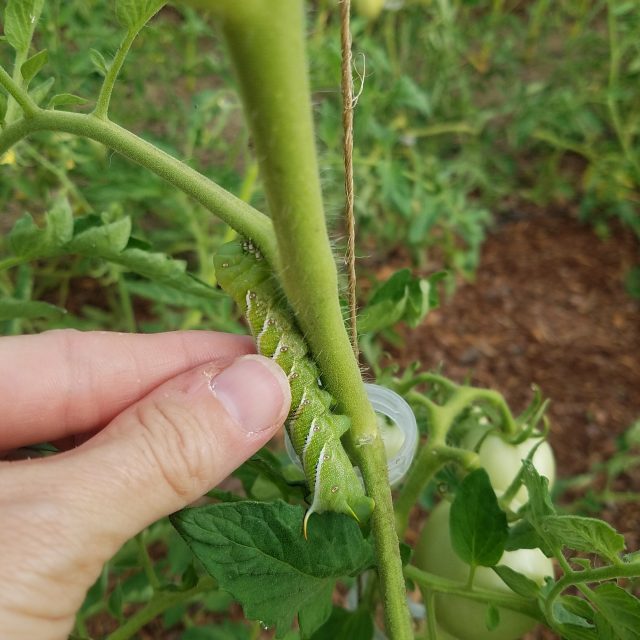 Garden Planning Tips
Garden Planning Tips
18. Get the best deal on higher-ticket items at CamelCamelCamel. If you know you eventually want a higher priced garden item and you can buy it on Amazon, use the site CamelCamelCamel.com to search the price history of that item and set an alert for when it drops to the price you want to pay. I did this last year when I wanted a grow light, and I bought a grow light that’s normally well over $100 for $58!
19. Collect Recipes Year Round. It seems like every year when the harvest comes on, I’m scrambling for unique recipes for whatever vegetable I’m swimming in. There’s just so many times my family will let me cook fried okra without complaining. But now, I set up a Pinterest board for garden recipes, and I collect ones I want to try. Then, when the okra harvest comes on strong, I have a variety of options. For every meal we eat fresh from the garden, it’s a meal we save money on.
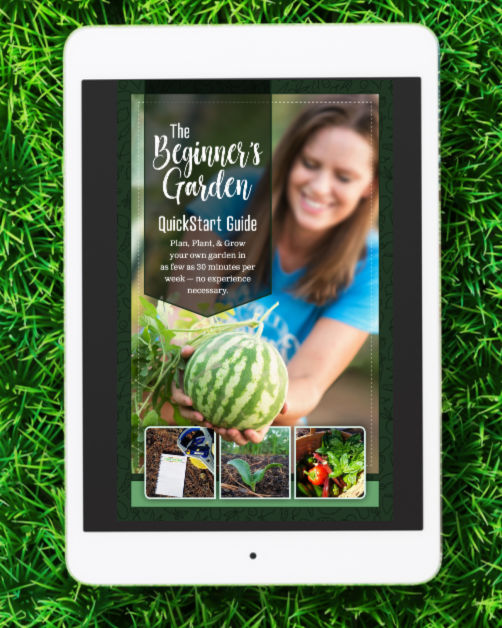
Time Your Planting Right to Save Money Gardening
20. Plant at the Right Time and the Right Season. I don’t know how many times I’ve seen beginning gardeners plant crops at the wrong time. Usually it’s either planting summer crops too early, and they die from a frost. Or they plant cool season crops too late and they either never produce or they die in the heat. It’s imperative you know before you plant, when to plant what for your area.
21. Plan Your Garden Ahead of Time. Without a garden plan, you will most likely purchase more than you need, and that’s a waste of money. You buy more seeds than you can plant or you come home with more transplants than you have room for. Then you squeeze them in and you don’t get a good harvest because they needed more room. This example of poor garden planning can cost you more money than you realize. I have two garden planners, an online gardening course, and the Beginner’s Garden QuickStart Guide eBook to help you plan your garden and save money doing it.
The truth is, gardening can cost you more money than it saves you. But it doesn’t have to. Buy buying, growing, and planning smart, you can save money on gardening and make it a fun, cost-saving adventure!
Do you get overwhelmed with garden planning?

Subscribe here for my best tips to plan your garden in just 7 days -- all for FREE.
Plus, I'll send you my "In the Garden E-mail" on Fridays, periodic updates on garden resources relevant to you, and you'll receive access to my entire bank of free garden downloads!
You are also agreeing to our privacy policy.

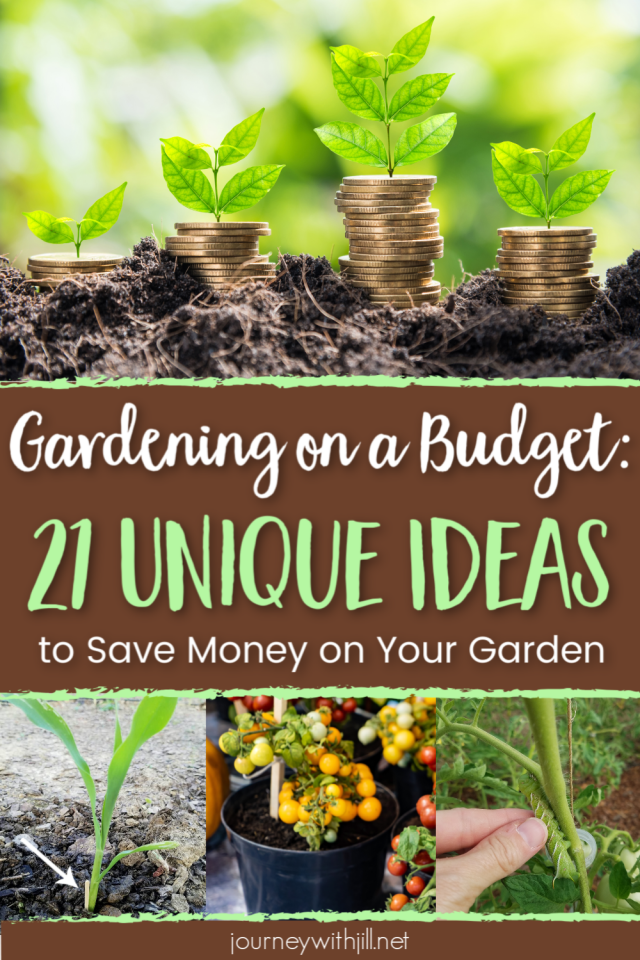
A few years ago, when I lived in Florida, I used an online service called Chip Drop. They are a service that connects arborists and tree cutting services with people who need/want mulch. It is a win-win for everyone by keeping tree limbs out of landfills and thereby saving the cost of dumping them at the landfill, and the homeowner gets free or very low cost mulch. I got a small dump truck load for free! It took about 3 weeks to get it, but well worth the wait. I haven’t tried it yet since we moved to Arkansas but will after our place is fully constructed.
Signing up is easy at this website: https://getchipdrop.com/
Great idea!! Thank you for sharing!
As I’m from the UK I don’t know how helpful my ideas will be.
I buy kitchen garden & grow your own garden magazine nearly every month because they always give away free seeds.
The cost of the seeds would work out four or five times the price of the magazines, so you save money
I also ask my local shop for surplus buckets that they normally sell flowers in, I cut off the bottom of the buckets & put the buckets directly into the soil.
I use these buckets for tomatoes, cucumber’s, courgettes, melons, pumpkins and Cape gooseberries
This gives you several benefits
1. Your plant gets a deeper depth for root growth so you get a stronger plant
2. You waste less water because the bucket stops the water from draining away but goes directly to that plant
3. The bucket also gives the young plant protection from the wind until it is established
These are great tips! Thank you for sharing!